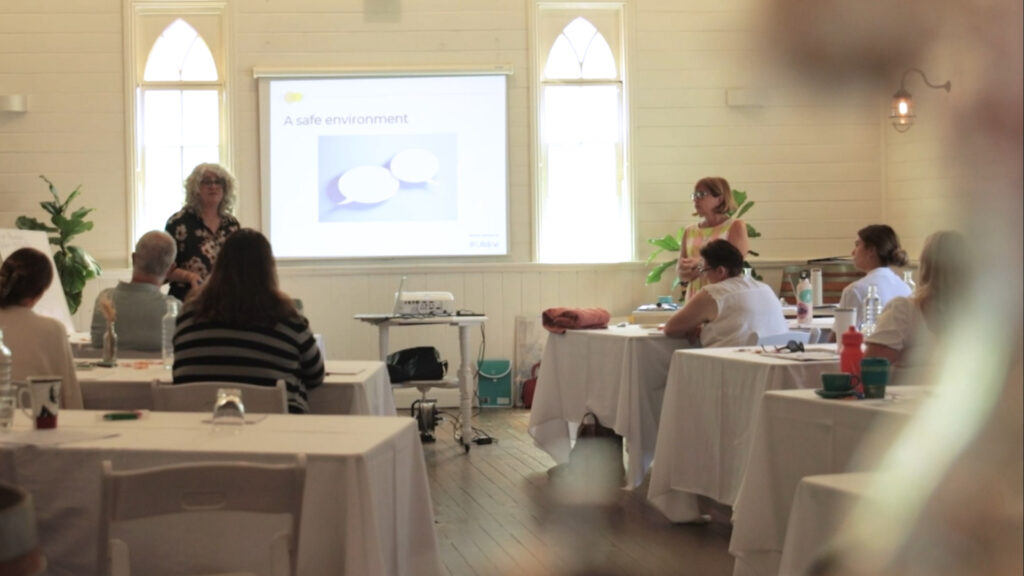
Course Details:
In ASIST, people learn to apply a suicide intervention model. It helps caregivers recognise when someone may be at risk of suicide. It then explores how to connect with them in ways that understand and clarify that risk, increase their immediate safety and link them with further help.
Over 80,000 people in Australia have attended ASIST which is available in all states and territories.
Who is this course for:
We mean it when we say that ASIST is for everyone. Virtually anyone aged 16 and older can learn the skills to intervene and save a life from suicide. Professionals as well as members of the community at large have all found great value in ASIST over the years.
Many professionals attend ASIST because suicide intervention skills are essential for their work. In many organizations, ASIST is a mandatory component of training. Nurses, physicians, mental health professionals, pharmacists, teachers, counselors, youth workers, police, first responders, correctional staff, school support staff, clergy, and volunteers have all found that ASIST complements their existing training and knowledge.
Other people attend simply because they want to be able to help someone in need, in much the same way they might learn CPR. Because the training is comprehensive and doesn’t rely on prior qualifications, they can have the same meaningful experience as a professional caregiver.
What to Expect:
Ultimately, ASIST is founded on the principle that everyone can make a difference in preventing suicide. The more people in the community who have suicide intervention training, the more likely it is they will be able to identify someone at risk and intervene to keep them safe.
The ASIST workshop is divided into five sections that follow in a logical progression to gradually build comfort and understanding around suicide and suicide intervention.
- Preparing: Sets the tone, norms, and expectations of the learning experience.
- Connecting: Sensitizes participants to their own attitudes towards suicide. Creates an understanding of the impact that attitudes can have on the intervention process.
- Understanding: Overviews the intervention needs of a person at risk. It focuses on providing participants with the knowledge and skills to recognize risk and develop safeplans to reduce the risk of suicide.
- Assisting: Presents a model for effective suicide intervention. Participants develop their skills through observation and supervised simulation experiences in large and small groups.
- Networking: Generates information about resources in the local community. Promotes a commitment by participants to transform local resources into helping networks.
Workshop features:
- Presentations and guidance from two LivingWorks registered trainers
- A scientifically proven intervention model
- Powerful audiovisual learning aids
- Group discussions
- Skills practice and development
- A balance of challenge and safety



